Oct 11, 2025
Author:Jackson Watson
There is nothing as alarming to a cat parent as observing their pet increasing the rate at which it drinks, pees in the litter tray, or, inexplicably, loses weight even though it seems to have a voracious appetite. It can be symptoms of diabetes in cats, which is a controllable disease when identified at the earliest and managed.
This guide has tips on what to observe, how vets diagnose and manage cat diabetes mellitus, and day-to-day tips that you can apply to make the life of a diabetic cat a happy one. We'll also point out a few tools (feeder, water fountain, camera) by WOpet that make pet care easier, naturally and practically.
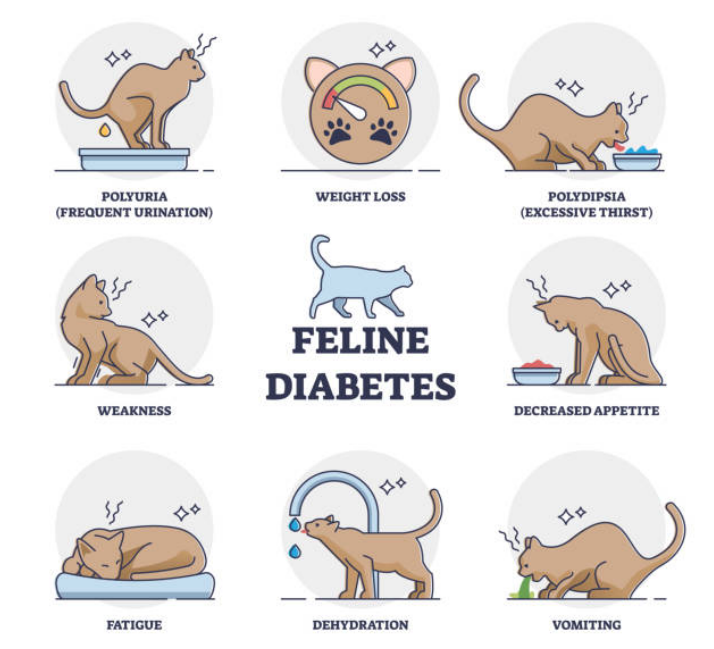
In cats, diabetes mellitus occurs when the body becomes unable to make an adequate level of insulin or the cells cannot respond to insulin adequately.
The consequence: the sugar (glucose) accumulates in the blood, what you may term high blood sugar in cats, and the body is unable to utilize that sugar as energy. When untreated, it causes severe complications.
Cat diabetes usually shows up with a few consistent behavioral and physical change; many cat owners spot them first. Symptoms of feline diabetes are most commonly observed to include:
● Increased thirst (polydipsia) and consumption of an unusual amount of water.
● Frequent urination (polyuria), increase in litter box visits, moist litter, or accidents.
● Increased appetite (polyphagia) and weight loss simultaneously.
● Dullness of coats, or feebleness.
● In severe conditions: vomiting, loss of appetite, and diabetic ketoacidosis symptoms (a life-threatening condition).
These PU/PD (polyuria/polydipsia) patterns with resulting weight loss despite the good appetite are the red flags that the vets watch. Those behaviour changes will be the first hint if you have the question of how to tell if your cat is diabetic.
(Note: diabetic kittens are not common; diabetes is much more prent in older and middle-aged cats.)
Several factors raise the risk of cats with diabetes:
● Obesity: This is the ultimate largest risk factor that can be altered. Fat tissue causes insulin to become less efficient.
● Permanent inflammation of the pancreas or other destruction affecting pancreatic insulin production.
● Some drugs (such as prolonged use of steroids) may elevate sugar levels.
● Age and sex: older age cats and males, and a little of the research suggests that male cats may be overrepresented.
● It might also be the result of genetics and comorbid diseases (hyperthyroidism or chronic infections).
Since the matter of obesity is such a critical issue, weight control and diet form a part of prevention and treatment.
If you think your dog has diabetes, your vet will usually:
1. Take a history (drinking, peeing, appetite, weight changes).
2. Do a physical exam.
3. Run blood tests to check blood glucose and look for other problems.
4. Check the urine for glucose and maybe ketones.
5. Otherwise, in certain situations, check fructosamine (a blood test that indicates average glucose during a certain period of time) may be used to ensure that the individual has chronic hyperglycemia.
In cases where clinical symptoms correspond with elevated blood sugar and glucose in the urine, diagnosis is not difficult. However, your vet will first rule out high glucose caused by stress (cats can get stressed at the clinic) and other conditions.
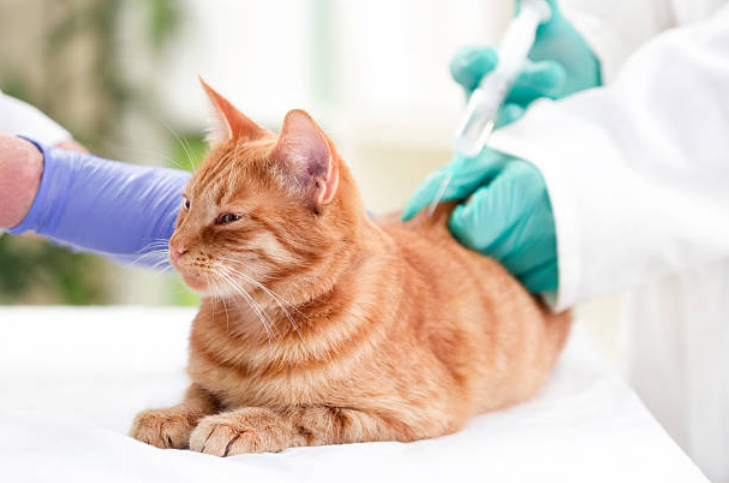
Two primary methods of managing pets with diabetes include insulin management and dieting:
● Insulin injections remain the most common method of treatment to many diabetic cats. Vets will provide you with what type and how much to feed your pet, and then they will switch it as the days go by through weeks and months, as long as they watch their blood sugar and other symptoms of a sick animal.
● Diet: A high-protein, low-carbohydrate diet is more suitable to most diabetic cats since it maintains the level of sugar in the body and gives the cat the ability to lose weight. On becoming slim, overweight cats become significantly more insulin sensitive.
● Monitoring: You will be asked by your vet to check your own pet in regard to its food and water consumption, bathroom pattern, weight, and behavior. Spot checks or routine glucose curves assist you in obtaining the appropriate level of insulin.
There’s good news: unlike in dogs, cats sometimes go into remission (they no longer need insulin) if glucose is brought under control early and weight is managed. That's one reason why changing diet and getting treatment early is important.
The given kind of drugs can be offered to some cats that do not require insulin; however, it is not suitable to all cats and should be provided only when recommended by a veterinarian. You should ask your vet whether your pet should take newer drugs.
Raising a diabetic cat is an intervention between you and your vet. Here are practical things that make life easier and help your cat stay stable.
Insulin and food availability can be matched with the assistance of the regularity of feeding time and the measured content. Automatic meal portioning feeders come in handy, particularly with those cats that graze or cohabit with other cats.
The Wopet Pioneer Plus WiFi Automatic Pet Feeder is one such tool that lets you schedule precise portions and keep meals consistent even when life gets busy.
If you want to learn more about feeding amounts and portion control for cats, this Wopet guide on how much to feed a cat is useful. It pairs well with a scheduled feeder to prevent overeating while supporting stable glucose. For picky feeders, plan meals with your vet; the right diet type matters as much as the timing.
Cats with diabetes often drink more. Encouraging water intake is part of good management; a pet water fountain can make drinking more tempting than a still bowl. The Basin Pet Water Fountain W600 Pro provides continuous fresh water, which can help with the extra thirst associated with high blood sugar in cats.
Changes in your cat's appetite, litter box habits, or energy level can be early signs of trouble (or improvement).
Use a camera to check on a cat while you’re out, or to verify if they’re eating. The Wopet Guardian Dog Treat Camera (yes, it works for curious cats too) helps you check on meals, activity, and behavior, and it’s handy for observing how a cat responds to treatment.
If overeating has been a problem, Wopet's article on smart feeding solutions explains how timed feeding and portion control can stop the cycle.
Note food, insulin doses/time, water intake, urination, and any odd behavior. That log is invaluable to your vet when adjusting treatment.
Two scenarios require immediate attention:
1. The excessive levels of blood sugar leading to vomiting, drowsiness, or deep breathing might indicate diabetic ketoacidosis (DKA). This is an urgent matter.
2. Given low blood sugar (hypoglycemia) can lead to shakings, and wobbliness directly, instantaneous weakness, confusion, a seizure or fainting. In case your cat sleeps and does not wake, seek assistance immediately.
3. Mild forms of hypoglycemia may be home-treated (a small amount of honey on gums) under the veterinarian physician advice, whereas severe ones require emergency care.
Based on your cat's treatment plan, your vet will tell you exactly what to look for.
Most of the cats with diabetes are able to live comfortably provided they receive the appropriate care. Some creatures enter remission and do not require insulin provided they remain adherent to their diet and lose weight. Early diagnosis, compliance to treatment and normal weight are the most effective interventions.
To minimize the risk of the rest of the cats, make sure your cat is kept at a healthy weight when it is young, steroids should be used only when the cat is in need, and it is necessary to take it to the doctor at once in event the cat begins to drink, urinate or lose weight with no corresponding loss of appetite.
To learn how to tell your cat has diabetes, you need to keep an eye on how the cat, in terms of its behavior, reacts to specific changes in drinking, peeing, appetite, and weight. then call your vet; and be careful to get it in time.
A programmed feeder, a good water fountain, and a camera for checking in from afar are all tools that help diabetes management stay consistent. For example, the Wopet products are very helpful.
Discuss the optimal diet, medications, and treatment plan with your vet. New oral drugs are available, but they are not a one-size-fits-all; every cat is unique and demanding.
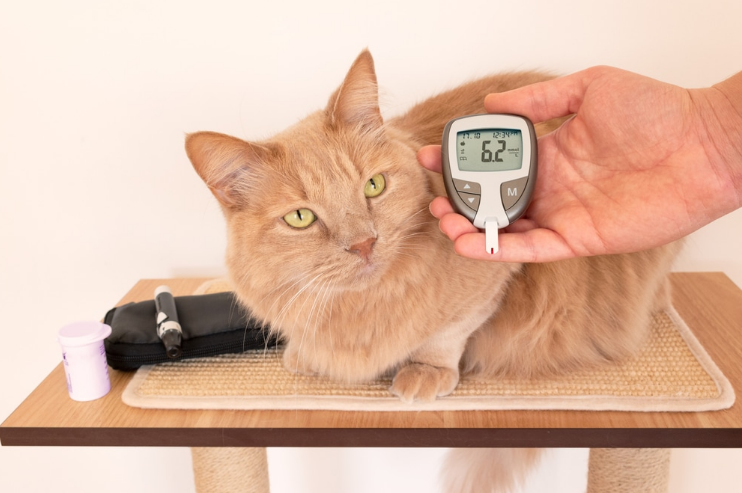
Diabetes may initially cause fear, but with appropriate veterinary care and daily routine, a majority of diabetic cats may live very well.
In case you suspect that your cat has diabetes mellitus, or you simply need to make life easier to your pet who already has cat diabetes mellitus, set up regular feeding and watering periods (that little bit can make a big difference) and lock down an appointment with the vet today. In that case, you'll be doing the best thing for your cat's future.
Label:
Popular Post
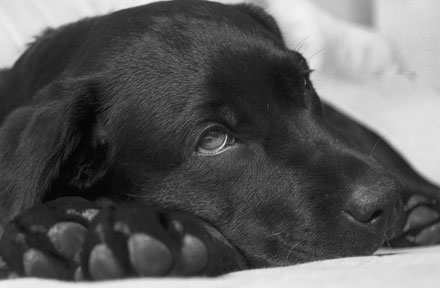
What to Feed a Sick Dog With No Appetite? [2025 Guide]
May 16, 2023
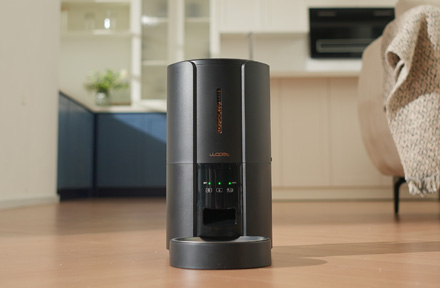
Troubleshooting Common Issues with Automatic Pet Feeders: Tips & Tricks for Pet Owners
Oct 26, 2023
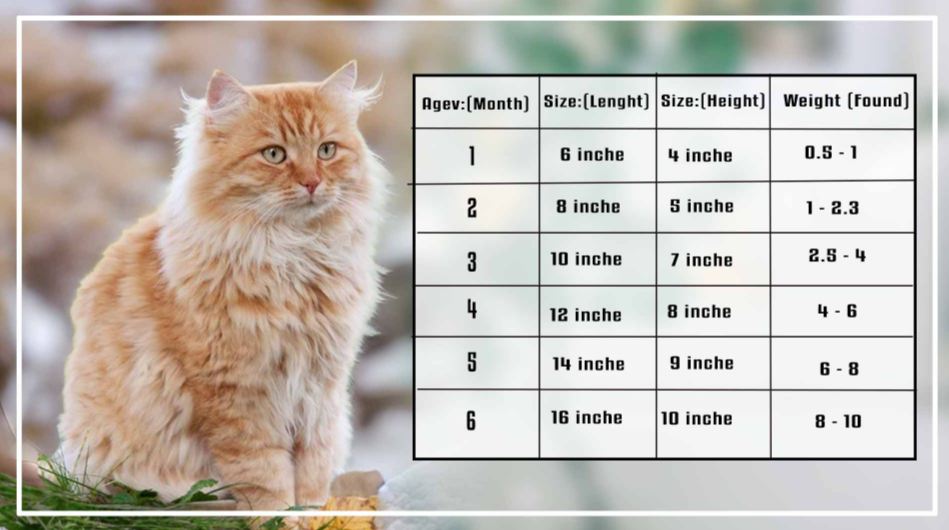
What is a standard Cat Weight chart by age Kg?
Mar 19, 2025
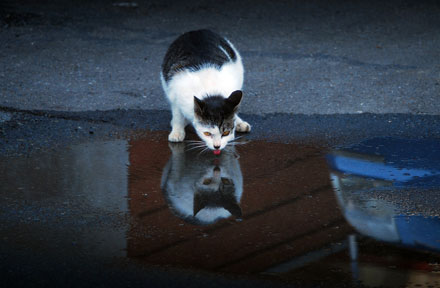
Why Does My Cat Cough After Drinking Water? 8 Potential Reasons
Mar 13, 2023
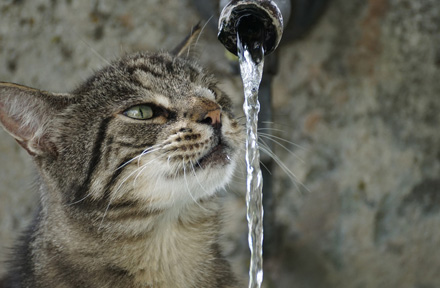
Why is My Cat Throwing up Water? Top 5 Causes Here
Feb 08, 2023
$109.99
$129.99
Copyright © 2025 WOPET. All Rights Reserved.